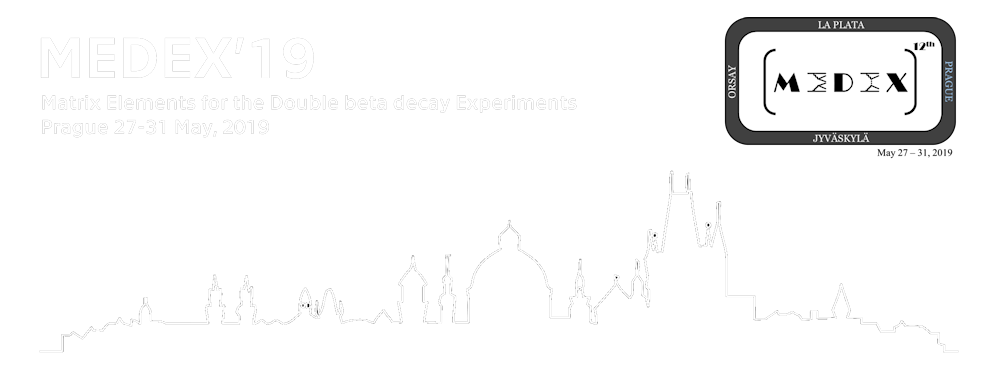Speaker
Mr
Dmytro Kasperovych
(Institute for Nuclear Research, Kyiv, Ukraine)
Description
The nuclide 150Nd is one of the most promising to search for double beta decay among 35 naturally occurring double beta isotopes due to the high energy release 3371.38(20) keV and comparatively high isotopic abundance ~5.6 %. The double beta transition to the first 0+ 740.5 keV excited level of 150Sm was observed in few experiments with the half-lives in a wide range (7 – 14) x 10^19 yr. Investigations of the decay process is carried out at the Gran Sasso Underground Laboratory (Italy) by using a highly purified 2.381-kg sample of neodymium oxide. Gamma quanta emitted in the decay are measured with the help of four ultra-low-background HP Ge detectors with volume 225 cm3 each, mounted in one cryostat. Two gamma-quanta with energies 334.0 keV and 406.5 keV emitted after deexcitation of the 0+ 740.5 keV excited level of 150Sm are observed in the coincidence spectra accumulated over 25947 h. Preliminary, the half-life of 150Nd relatively to the two-neutrino double-beta decay to the first 0+ excited level of 150Sm is estimated as T1/2 = [7.0 +5.8 -2.6] x 10^19 yr (the errors are mainly due to low statistics of the observed peaks). The experiment is in progress to improve the half-life value accuracy.

